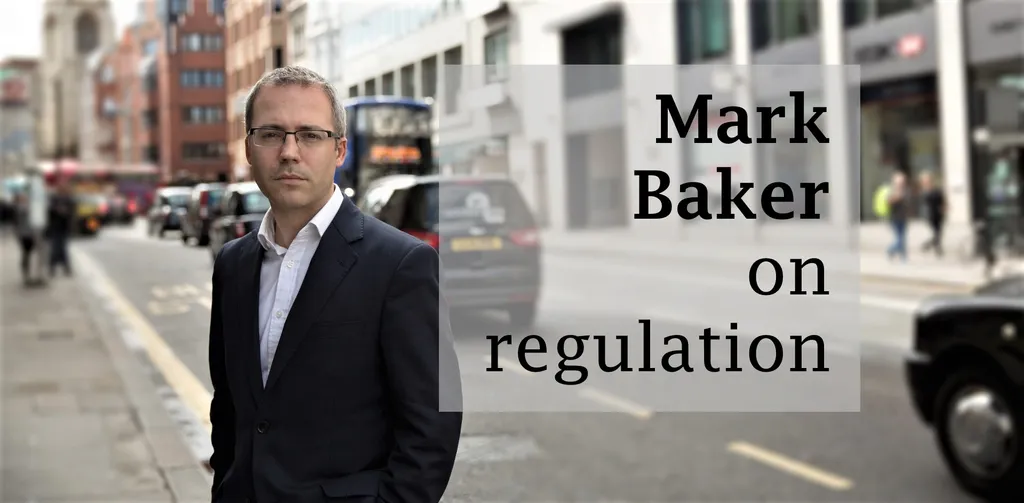In 2013, the Basel Committee published its vision for the liquidity coverage ratio (LCR), which it described as one of its key reforms “to develop a more resilient banking sector”.
It would work, the committee’s paper explained, by ensuring that banks had “an adequate stock of unencumbered high-quality liquid assets (HQLA) that can be converted easily and immediately in private markets into cash to meeting their liquidity needs for a 30-calendar day liquidity stress scenario”.
It’s worth reflecting on that original intention in light of the events of recent months.
Thanks for your interest in Euromoney!
To unlock this article:




